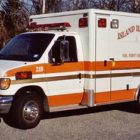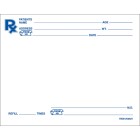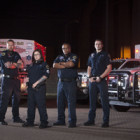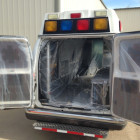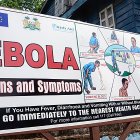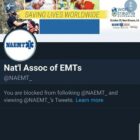
Oct 2, 2019
Yup, your eyes are not deceiving you. I have been blocked by the NAEMT. But before I get into what is going on right now, let me give you a bit of background. Back in 2010, I started this little blog as a free Blogspot website lamenting about issues that I felt were important in EMS. I made friends. I became part of the EMS 2.0 movement and I took an interest in the National Association of EMTs. The big draw from me was the large-scale advocacy that they were doing in Washington DC for EMS on the Hill day. I attended three of those EMS on the Hill days while I was living in Massachusetts. I even wrote an article on grassroots advocacy for the NAEMT newsletter. I became a State Advocacy Coordinator for Massachusetts and I was even approached by officials from NAEMT asking me to run against and hopefully unseat a long-standing Regional Director in the Northeast. I contemplated doing it, as I felt it was time for a change of representation in the region where I was living. A few months later though, I decided to relocate to Delaware which would move me to a different region anyway, so I declined the offer to run. Once I moved out of Massachusetts, I worked with the Advocacy Coordinator in Delaware for a short time but had trouble cracking the tight knit group down here. There were no issues or hard feelings, it just did not work out and that was fine. I was acclimating myself to a new area and a new EMS system. I eventually just let my NAEMT membership lapse. About four years ago I signed on to the EMS Compass project aimed at determining and utilizing different measures to try and try an quantify and qualify how good we are at this whole EMS thing. It was an ambitious undertaking. Very ambitious. A few things became evident rather quickly. There was a lot that needed to be done. There was even more that could be done. And there would be people and organizations who would probably not like the results, and some opposed it. NAEMT was one of...



